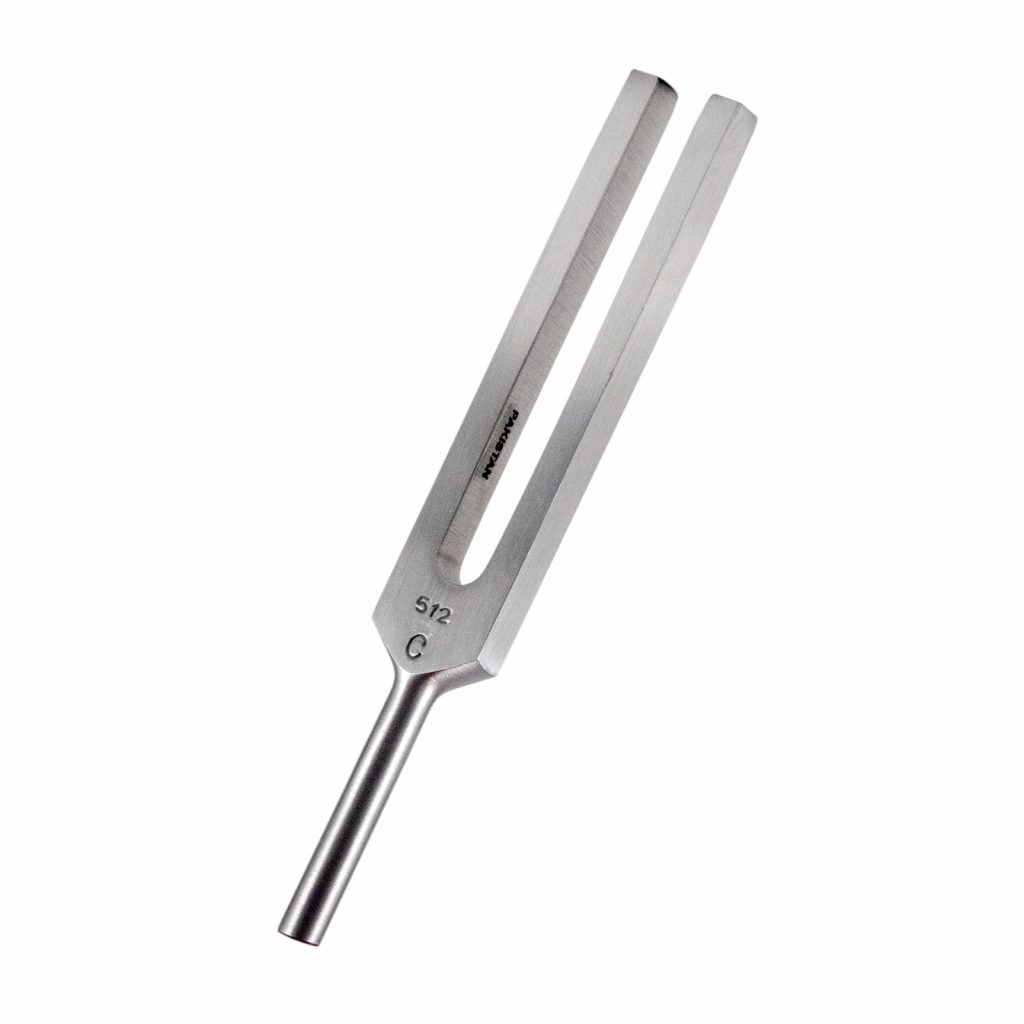Tuning forks are precision-crafted instruments that resonate with a pure and specific frequency when struck. They find applications in various fields, from music and sound healing to scientific and medical practices. The diverse types of tuning forks cater to specific needs, each with its unique frequency and purpose.

1. Standard Tuning Forks: These are the most common tuning forks, typically used for musical purposes and general sound applications. The standard tuning fork set is based on the Western musical scale and includes frequencies such as A440, which serves as a reference pitch. Musicians often use standard tuning forks for tuning instruments and achieving harmonic accuracy in ensemble playing.
2. Solfeggio Tuning Forks: Derived from the ancient solfeggio scale, these tuning forks are associated with spiritual and healing practices. The solfeggio frequencies include specific pitches such as 528 Hz (associated with DNA repair and healing) and 417 Hz (linked to undoing situations and facilitating change). Solfeggio tuning forks are widely used in sound healing modalities to promote balance and well-being.
3. Chakra Tuning Forks: Aligned with the energy centers in the body known as chakras, these tuning forks are designed to resonate with the frequencies associated with each chakra. Each chakra tuning fork corresponds to a specific energy center, promoting balance and alignment. Practitioners use chakra tuning forks in energy healing practices to address imbalances and promote a sense of well-being.
4. Brainwave Tuning Forks: These tuning forks are calibrated to correspond with specific brainwave frequencies, such as alpha, beta, theta, and delta waves. The idea is to use these forks to entrain the brain to desired states, promoting relaxation, focus, or deep meditation. Brainwave tuning forks are often employed in meditation practices and stress reduction techniques.
5. Fibonacci Tuning Forks: Inspired by the Fibonacci sequence, these tuning forks are calibrated based on the mathematical ratios found in nature. The frequencies are believed to resonate with the patterns and harmony inherent in the natural world. Fibonacci tuning forks are used in sound therapy sessions to create a sense of resonance with the natural order and promote a harmonious environment.
6. Weighted Tuning Forks: Unlike standard tuning forks, weighted tuning forks have additional mass at the end of the prongs. This design allows for a more extended vibration and is often used in bodywork and acupuncture. Weighted tuning forks are applied to specific points on the body to stimulate nerves, release tension, and promote relaxation.
7. Custom and Specialized Tuning Forks: In addition to the standard categories, there are custom and specialized tuning forks designed for specific therapeutic or experimental purposes. These may include forks calibrated to specific planetary frequencies, cosmic frequencies, or custom frequencies tailored to individual preferences and practices.
In summary, the world of tuning forks is as diverse as the applications for which they are used. From the precision of standard tuning to the holistic approaches of chakra and solfeggio frequencies, tuning forks continue to be versatile tools in the realms of music, healing, and exploration of the harmonic dimensions of sound.